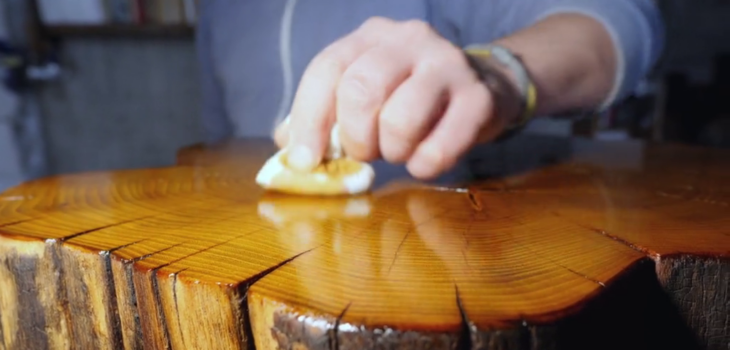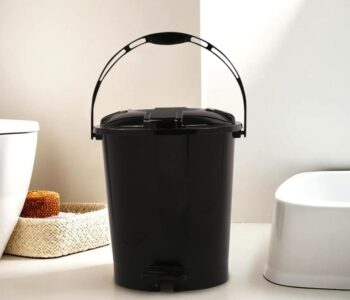 Home Improvement
Home Improvement
Choosing the Best Wood Finishes, Cleaners, and Oils for Your Project
- by admin
Wood is a timeless and versatile material that adds warmth and character to any space. Whether you’re working on furniture, flooring, or outdoor projects, selecting the right wood finish, cleaner, and oil can make a significant difference in both appearance and durability. This guide will help you understand the best options available and how to maintain your wood surfaces effectively.
Understanding Wood Finishes
A wood finish is essential for protecting wood surfaces from moisture, scratches, and general wear while enhancing their natural beauty. There are several types of wood finishes, each offering unique benefits:
1. Penetrating Finishes
Penetrating finishes, such as natural oils, soak into the wood fibers and harden from within. These finishes provide a natural look and a soft sheen, making them ideal for furniture and decorative pieces. Examples include:
- Tung Oil: Highly durable and water-resistant, creating a warm, natural finish.
- Linseed Oil: A classic option that enhances the wood’s grain but requires longer drying times.
2. Surface Finishes
Unlike penetrating finishes, surface finishes form a protective layer on top of the wood. These finishes are more resistant to wear and tear, making them perfect for high-traffic areas. Popular choices include:
- Lacquer: Dries quickly and provides a durable, glossy finish.
- Shellac: A natural resin that enhances wood grain while offering moderate protection.
- Polyurethane: A popular choice for flooring due to its excellent durability and water resistance.
Choosing the Best Wood Cleaner
Keeping wood surfaces clean helps maintain their beauty and longevity. A good wood cleaner should remove dirt, grime, and residue without damaging the finish. Here are key factors to consider when selecting a wood cleaner:
- Gentle Formulation: Avoid harsh chemicals that strip the wood’s natural oils. Instead, use pH-balanced cleaners that nourish the wood while cleaning.
- Non-Toxic Ingredients: Choose eco-friendly options that are safe for indoor use, especially for furniture and kitchen surfaces.
- Versatility: A good cleaner should work on various wood types, including hardwood floors, furniture, and cabinets.
For regular maintenance, use a damp cloth with mild soap. For deep cleaning, opt for specialized wood cleaners designed to remove built-up grime without leaving a residue.
Finding the Best Wood Oil
Wood oil enhances the natural beauty of wood while providing protection against moisture and wear. The best wood oil penetrate deeply into the grain, preserving the wood’s texture and preventing cracking or drying out.
1. Hard-Wax Oils
Hard-wax oils combine natural oils and waxes to create a breathable yet protective finish. They offer water resistance and a smooth, satin finish, making them ideal for furniture and floors.
2. Danish Oil
Danish oil is a blend of natural oils and resins that provide a durable finish while enhancing the wood’s grain. It is easy to apply and offers moderate water resistance.
3. Mineral Oil
For butcher blocks and food-safe applications, mineral oil is a great choice. It is odorless, non-toxic, and prevents wood from drying out.
Conclusion
Choosing the right wood finish, cleaner, and oil ensures that your wood surfaces remain beautiful and protected for years. Whether you prefer the natural warmth of penetrating oils or the durability of surface finishes, proper care and maintenance will keep your wood looking its best. Always opt for high-quality products that enhance and preserve the natural beauty of wood.








